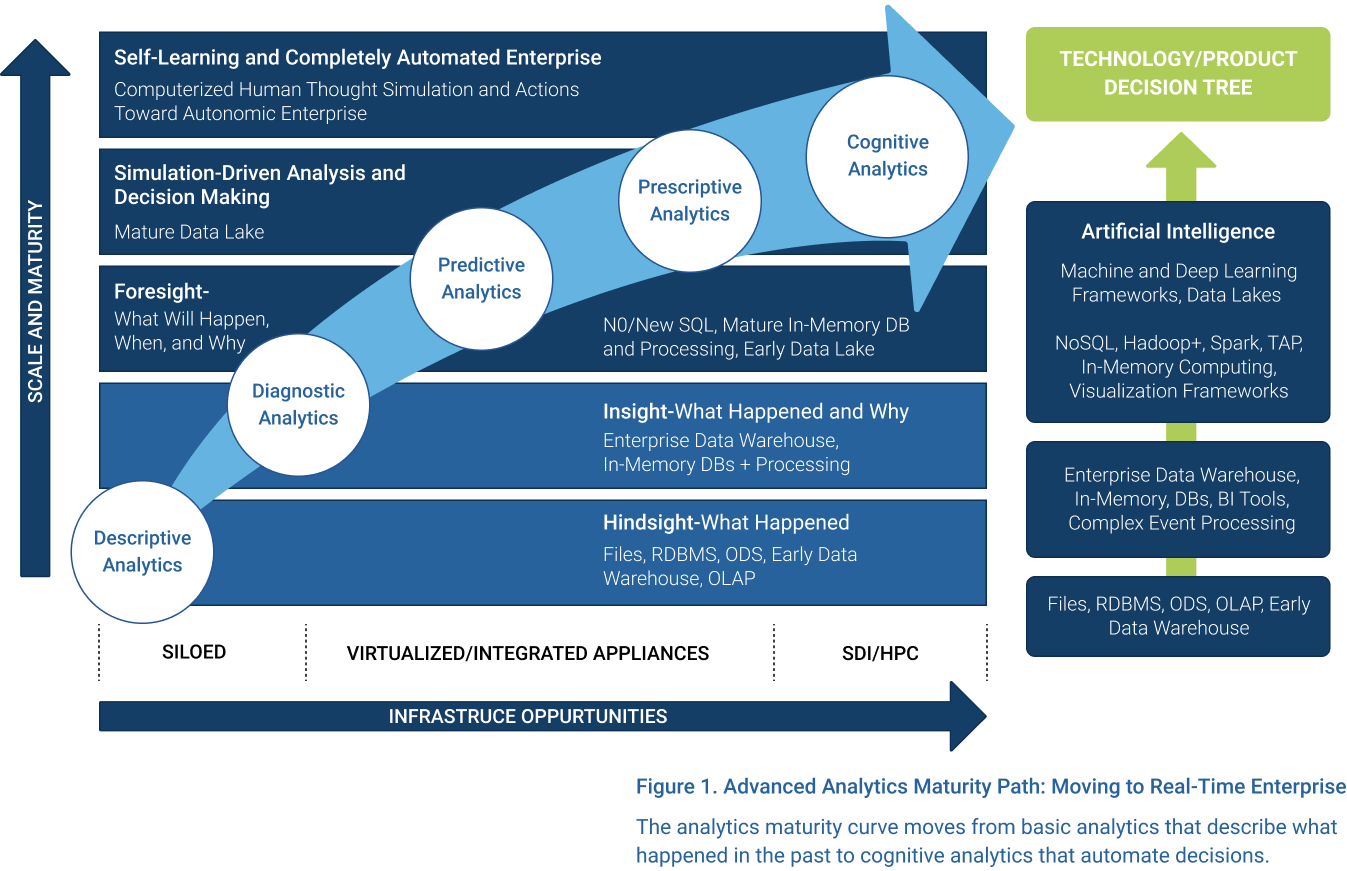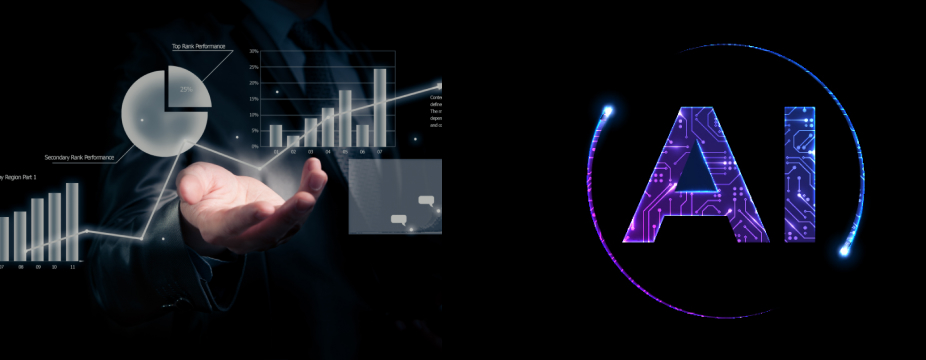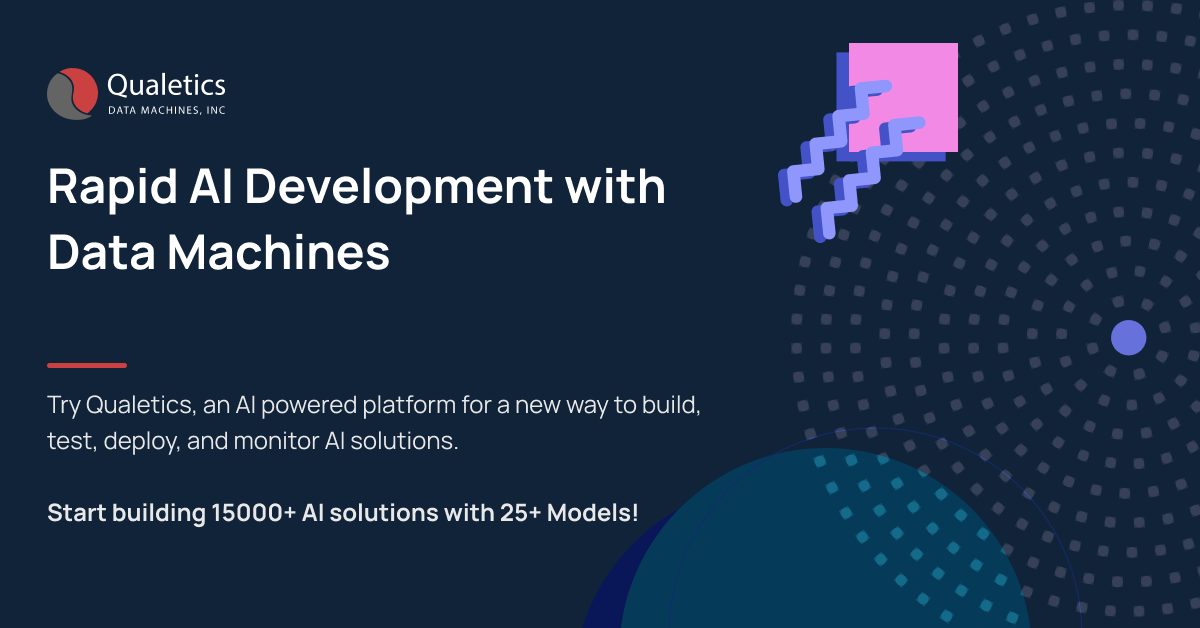AI vs Analytics- Understanding the Difference
Analytics and AI are two terms gaining in popularity in recent years. While the two terms may sound similar and have been used interchangeably, they are different. In this post, we will explain the difference between AI and Analytics. Let’s begin with understanding the definition of Analytics and AI.
Analytics defined…
Data analytics is the process of analyzing historical data sets to extract and highlight insights the information contains. Data analytics comprises aggregating, organizing, and storing the data so that analytics programs or algorithms can be applied. Based on historical data and outcomes, enterprises can gain deeper insight into employees, customers, competitors, and operational factors. It can also help mitigate risks of all kinds, operational, financial, legal/regulatory, etc.
However, the objective of data analytics can vary, and based on the objective different types of analytic technologies and approaches can be applied. And there is often a progression in how analytics evolve in solving problems. For example, descriptive analytics can identify patterns in data that clearly describe what has been happening. That intelligence can greatly enhance decision-making and extend the descriptive algorithms to predict future outcomes. The predictive insights further enhance decision-making. This scenario can be extended to the development of prescriptive analytics that provides insights into steps that can be taken to improve future outcomes. Done properly this evolution allows an enterprise to better understand what is happening, better predict what will happen, and better control and even shape what can happen.
AI defined…
AI is the simulation of human intelligence. Its purpose is to develop ways that machines can accomplish tasks typically requiring human review, judgment, and human intelligence. An effective AI system can make assumptions, test those assumptions, and learn autonomously. AI is a combination of techniques and technologies, machine learning being one of them utilized to extract deeper insights about data and facilitate acting on them more efficiently and more effectively.
AI requires data to learn from, the more the better. If you have limited data to train your AI model, the accuracy of the prediction could low. Depending on the amount of data available, you can choose various algorithms for your model.

The symbiotic connection between Analytics and AI…
To illustrate the way analytics and AI often interrelate we’ll offer healthcare examples. Data analytics can tell you when traffic in the ER occurred helping you identify the busiest hours in the day, how those changes through the week, how it changes on a month-to-month or season-to-season basis and holidays, etc. Analyzing those patterns through an extensive data set can inform predictions for the kinds of trauma, conditions, and treatments to expect and staff and supplies that should be planned for. Transitioning to AI would analyze the patient symptoms and vital signs captured as part of the intake process and correlate that to patient history and recent diagnosis patterns and present to healthcare professionals prioritized diagnosis steps in the form of intelligent decision support. Should the patient require x-rays, of their chest for instance, and AI-enabled image analysis can color code the x-ray to identify where certain conditions may exist helping ensure that among the many images that must be read the patient’s condition won’t be overlooked and can be more effectively evaluated by the physician.
To summarize:
- Data analytics generates insights from historical data to describe, diagnose, predict, and prescribe.
- AI analyzes data replicating neural processes to simulate human reasoning to present probable conclusions, improve its logic, and enhance its predictive outcomes, at scale.
Both data analytics and AI are important tools for enterprises in this age of data and both can serve critical needs. Understanding the differences between analytics and AI will help you choose the right tool for the right job.
References:
https://www.intel.com/content/dam/www/public/us/en/documents/guides/analytics-planning-guide.pdf


